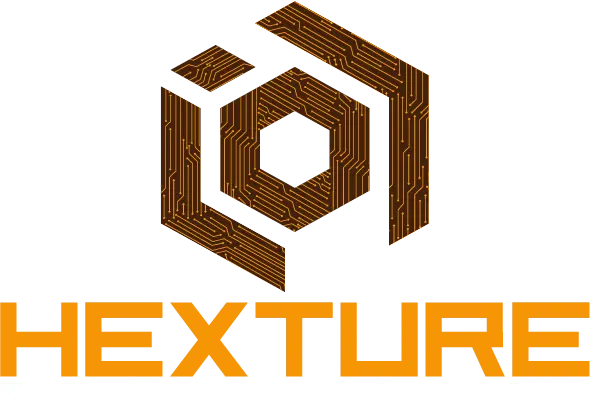In today’s dynamic and asset-intensive business landscape, Fixed Asset Management is a vital function for organizations aiming for long-term efficiency and sustainability. It involves systematically tracking, maintaining, and overseeing tangible assets—such as equipment, vehicles, and buildings—throughout their lifecycle, from acquisition to disposal. Proper asset management ensures accurate financial reporting, regulatory compliance, and optimal asset utilization, while also minimizing costs and reducing the risk of loss or misuse. With modern tools like RFID, barcodes, and asset management software, businesses can automate tracking, perform real-time audits, and access valuable data for smarter decision-making. As companies expand, managing fixed assets with accuracy becomes a strategic necessity rather than an operational choice. This article highlights the important key concepts of establishing a robust system.
What Is Fixed Asset Management?
It is the structured process of tracking, monitoring, maintaining, and accounting for an organization’s long-term tangible assets. These assets typically include buildings, machinery, vehicles, equipment, furniture, and other physical items that are essential to the operations of a business and are not easily converted to cash in the short term.
The core objective of fixed asset management is to ensure that these assets are accurately recorded, properly utilized, well-maintained, and depreciated in accordance with accounting standards. This involves managing the entire asset lifecycle—from acquisition and deployment to maintenance, reassignment, and eventual disposal.
Proper management of fixed assets allows businesses to reduce losses due to theft or misplacement, avoid redundant purchases, comply with tax and regulatory requirements, and improve decision-making by providing clear visibility into asset value and performance. In today’s digital landscape, this process is often supported by advanced software solutions and technologies like barcoding and RFID to ensure real-time asset tracking and reporting.
Challenges in Fixed Asset Management:
Managing fixed assets effectively is critical for maintaining operational efficiency and financial accuracy within any organization. However, it comes with a range of challenges that can hinder productivity and decision-making if not properly addressed.
One of the most common challenges is inaccurate or outdated asset records. When assets are not regularly tracked or updated in the system, discrepancies between actual physical assets and recorded data can occur, leading to financial misstatements and inefficiencies in asset utilization.
Another issue is asset misplacement or loss, especially in organizations with multiple locations or large inventories. Without a reliable system for tracking asset movement, it becomes difficult to monitor the exact location and status of each asset.
Manual processes also present a major challenge. Relying on spreadsheets or paper-based methods increases the likelihood of human error, slows down audits, and lacks real-time visibility.
Furthermore, lack of integration between asset management systems and other enterprise systems (such as accounting or ERP platforms) can create silos, resulting in duplicated efforts and inconsistent data.
Finally, compliance and regulatory issues can arise when organizations fail to meet audit standards due to insufficient documentation or incomplete asset records, risking penalties and reputational damage.
Addressing these challenges requires a modern, automated asset management system that ensures accuracy, improves traceability, and supports strategic decision-making.
How hexture Simplifies Asset Management:
Hexture offers a smart and integrated approach to fixed asset management, transforming a traditionally complex process into a seamless, accurate, and highly efficient operation. Through its advanced system Hexive, the company enables real-time asset tracking using technologies like barcoding and RFID, ensuring that every asset is easily located, classified, and monitored throughout its lifecycle. Whether assets are spread across multiple sites or departments, hexture provides a centralized cloud-based platform that allows decision-makers to manage their resources with full visibility and control.
The system automates depreciation calculations, generates audit-ready reports, and supports data-driven planning for asset utilization and replacement. With user-friendly interfaces, customizable dashboards, and robust integration capabilities with ERP and accounting systems, hexture reduces manual workload, minimizes errors, and enhances compliance. Ultimately, the company empowers organizations to optimize asset performance, cut operational costs, and ensure accountability—making asset management a strategic advantage, not a burden.
Conclusion:
In an era where operational efficiency, accountability, and data accuracy are increasingly vital, effective fixed asset management is key to sustainable success. By understanding the asset lifecycle, addressing challenges, and leveraging advanced technologies, businesses can enhance control, reduce costs, and ensure compliance. hexture, through its Hexive platform, transforms complex management into an intelligent system with real-time visibility and automation, making it a strategic growth driver. Investing in smart asset management today builds a solid foundation for tomorrow.
